80 Years of Lockheed Martin Skunk Works® Innovation
For 80 years, Skunk Works has pushed the innovation envelope, failing fast to prove out novel technologies and deliver disruptive solutions for our customers. Strap in as we take a quick trip through the years to reflect on the critical work Skunk Works has accomplished, all of which informs the work we’re doing today and in the future.
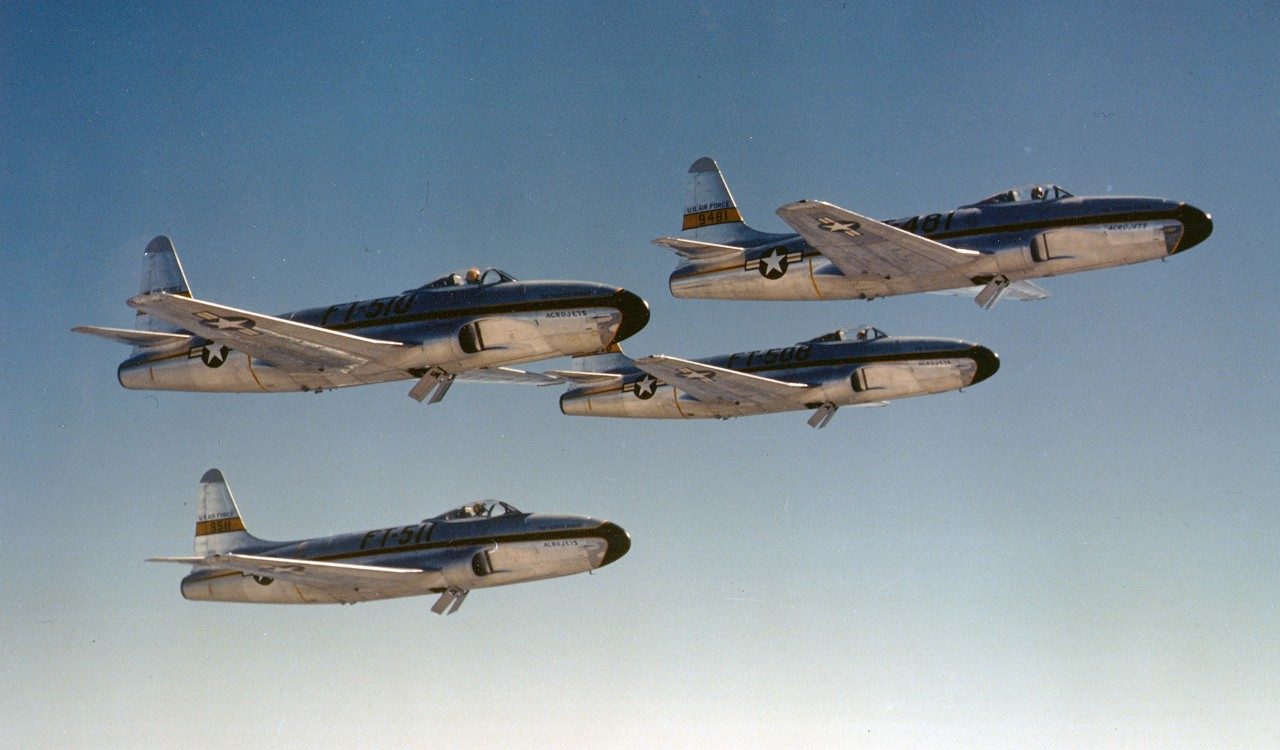
1940s: America’s First Operational Fighter Jet – the P-80 Shooting Star
In 1943, Lockheed Chief Research Engineer Kelly Johnson enlisted an elite team of engineers and mechanics to build a new airplane prototype under strict secrecy and a seemingly impossible deadline. 143 days later (37 days ahead of schedule), America’s first fighter jet, the XP-80 Lulu Belle, rolled out of Lockheed’s Burbank, California facility. This prototype turned into the P-80 Shooting Star, which delivered unparalleled speed and strength, and also gave birth to the small, agile team that would develop into what we know now as Lockheed Martin Skunk Works.
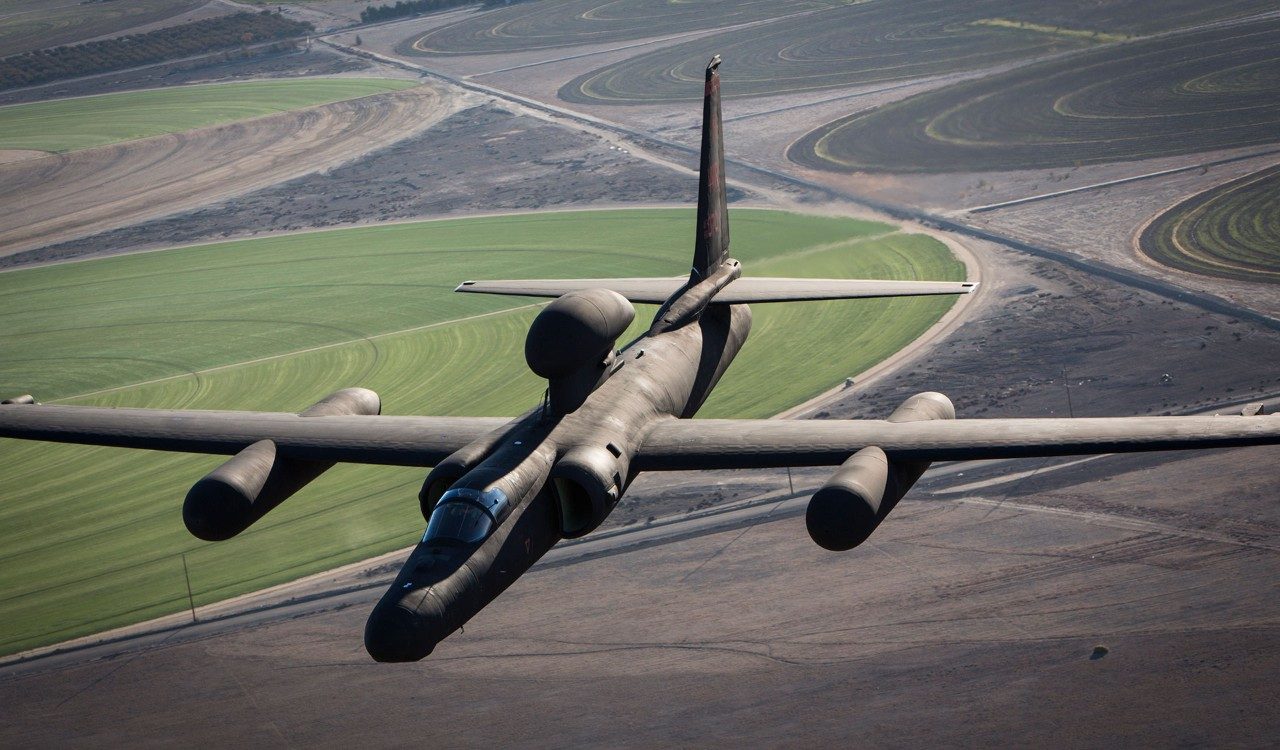
1950s: Evading Radar with Altitude – the U-2 Dragon Lady
President Eisenhower needed a new set of eyes in the sky, and he got them through Kelly Johnson’s next game-changer, the U-2 high-altitude reconnaissance aircraft.
Once again, Johnson delivered a brand new capability on a strenuous deadline, providing a platform that could fly higher than Soviet Union radars could reach. The U-2 went on to capture critical intelligence deep into the heart of the Soviet Union, giving President Eisenhower the information he needed to avert a massive arms build-up and potential war. Initially projected to have an operational life of just two years, the U-2 went on to see service in every subsequent American conflict. The U-2 continues to fly 24/7/365 today, supporting critical missions with highly upgraded avionics and reconnaissance capabilities.
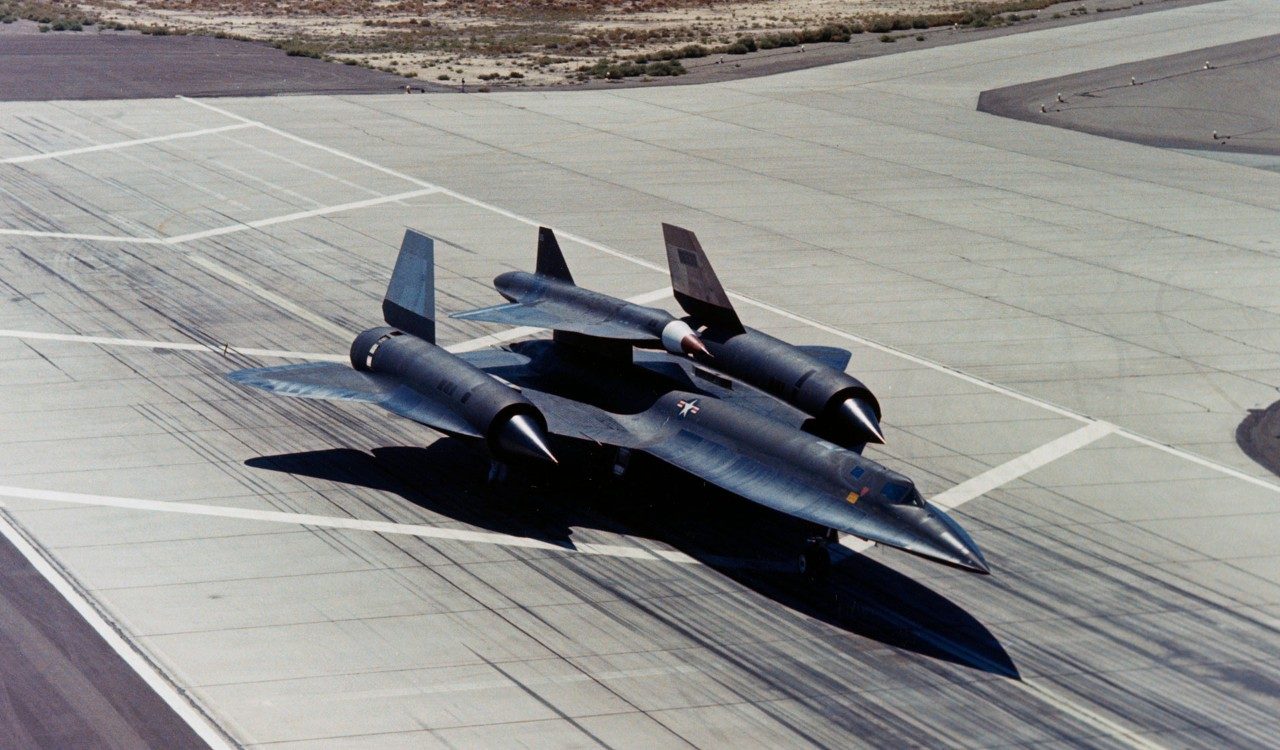
1960s: Too Quick to Capture – the SR-71 Blackbird and D-21 Drone
As radar and anti-air systems caught up to the U-2, work had already begun on an aircraft to improve intelligence-gathering, one that would fly faster than any crewed, airbreathing aircraft before or since, at greater altitude and with a minimal radar cross section.
The challenge in getting there? “Everything had to be invented. Everything,” Johnson said. The Blackbird went on to set numerous records, including the world’s fastest and highest-flying aircraft, which still hold to this day.
The Skunks also developed their first uncrewed aerial system (UAS), the D-21, in the 1960s. The D-21 was initially designed to be launched from the A-12 (a variant of the Blackbird), with the purpose of traveling at Mach 3.0+ speeds to capture crucial intelligence. The experience gathered through the development of this system – to include uncrewed navigation and scramjet / solid rocket booster engine technology – has enabled the Skunk Works team to consistently progress in these key technology areas.

1970s: Pioneering Stealth – Have Blue
Have Blue was born out of an increasingly challenging requirement to evade radar detection. As with many Skunk Works programs, Have Blue was supported under remarkable secrecy and close partnership with customers. The design was initially labeled the “Hopeless Diamond” by skeptics within the team. After numerous tests at a White Sands, New Mexico test facility, Skunk Works proved its design had the incredibly small radar cross section (RCS) it promised – in essence, it was nearly invisible to radar.
“With flat surfaces, the amount of radar energy returning to the sender is independent of the target’s size. A small airplane, a bomber, an aircraft carrier, all with the same shape, will have identical radar cross sections,” said Ben Rich, former head of Skunk Works.
Skunk Works continued to refine its design through a series of flights in the late 1970s, testing and improving the RCS, fly-by-wire system and more.
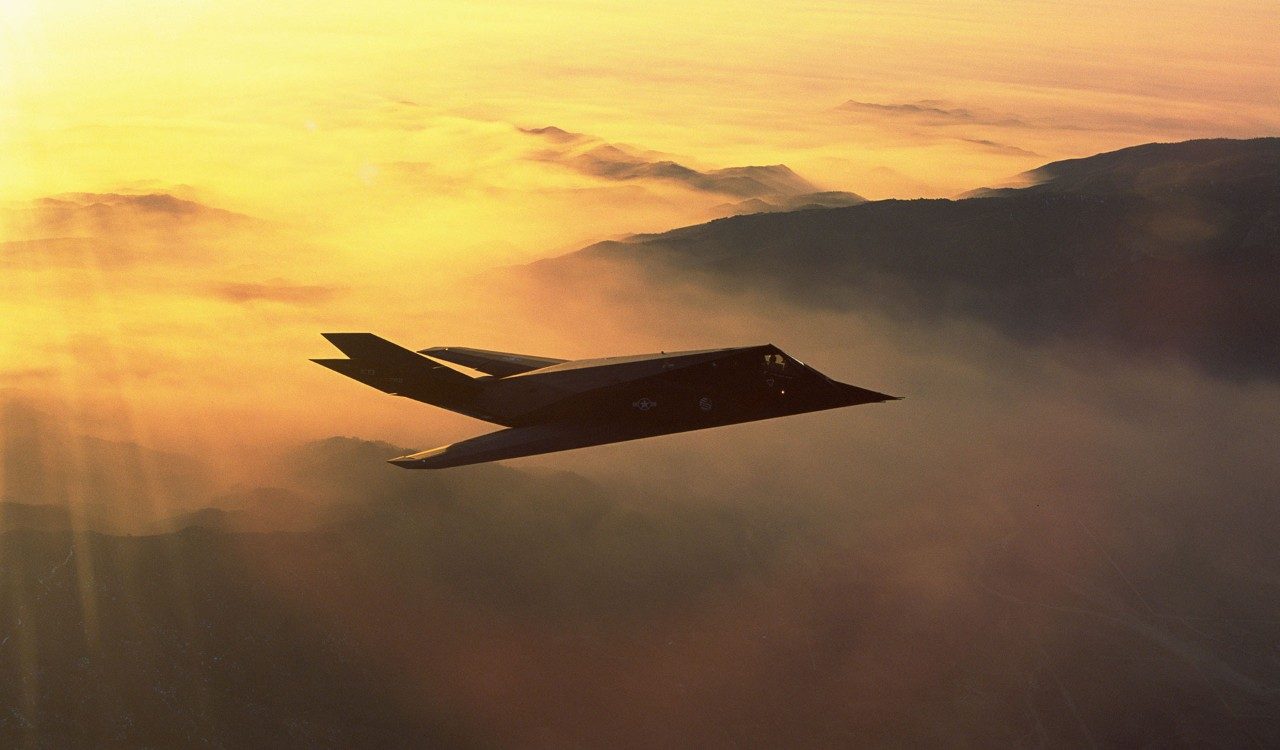
1980s: Solidifying Stealth – the F-117 Nighthawk
Following Have Blue, Skunk Works was awarded a contract to explore operational versions. This led to the F-117 Nighthawk, which was also developed under ultra-secrecy. Ultimately, the aircraft coupled a powerful flight computer to maneuver in spite of its unstable configuration with extreme survivability through its revolutionary stealth design. The first production F-117 was delivered in 1982 and operational capability was achieved in 1983.
The lessons learned through the F-117 program transformed stealth development and are still making an impact today, more than 40 years later. Additionally, the project continues to serve as a prime example of close collaboration with customers such as the Defense Advanced Research Projects Agency (DARPA), the Under Secretary for Defense Research and Engineering and others.
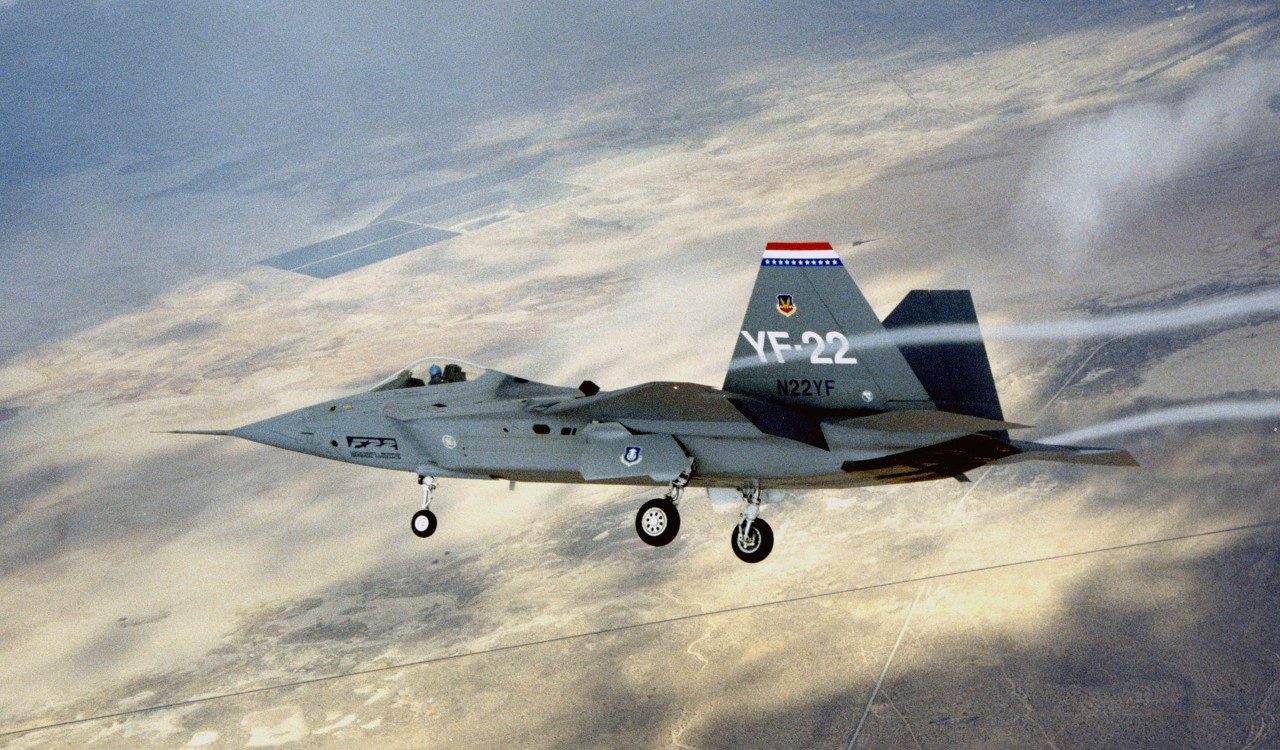
1990s: Delivering Air Dominance – the YF-22
In the mid-1990s, the U.S. needed a replacement for the F-15 as America’s front-line dominance fighter. Skunk Works answered the call, developing the first true 5th Generation fighter by combining stealth, integrated avionics and extreme maneuverability through the YF-22 prototype. The YF-22 went on to showcase eye-watering maneuverability through thrust vectoring technology and in the years since paved the way for top-end fighter capability around the world.
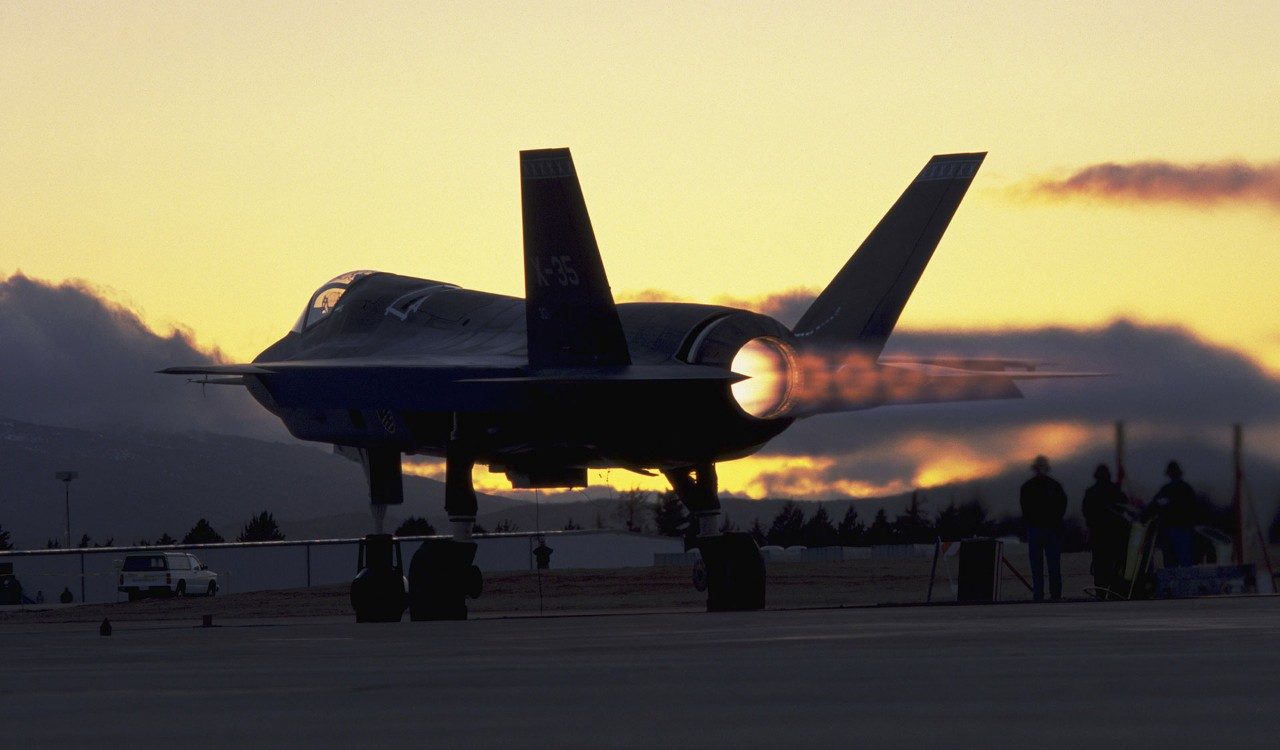
2000s: Forging Firsts – the X-35
The Joint Strike Fighter competition was born out of a need to replace several aircraft across several services. The Skunk Works team developed two X-35 prototypes – the X-35A and larger-winged X-35C. These aircraft would build on the F-22 Raptor’s stealth and sensor fusion capabilities to provide a jet that was fast, maneuverable, smart and interoperable.
After a number of flight tests, the X-35A was converted into the X-35B, which added an innovative shaft-driven lift fan to enable short takeoff and vertical landing. This aircraft would perform the famous Mission X or “Hat Trick” flight, where it conducted a short takeoff, made a supersonic dash and returned for a vertical landing – the first flight of its kind. The X-35 would win the competition, paving the way for the F-35, today’s premier 5th Generation fighter for the U.S. and 17 allies and partners.
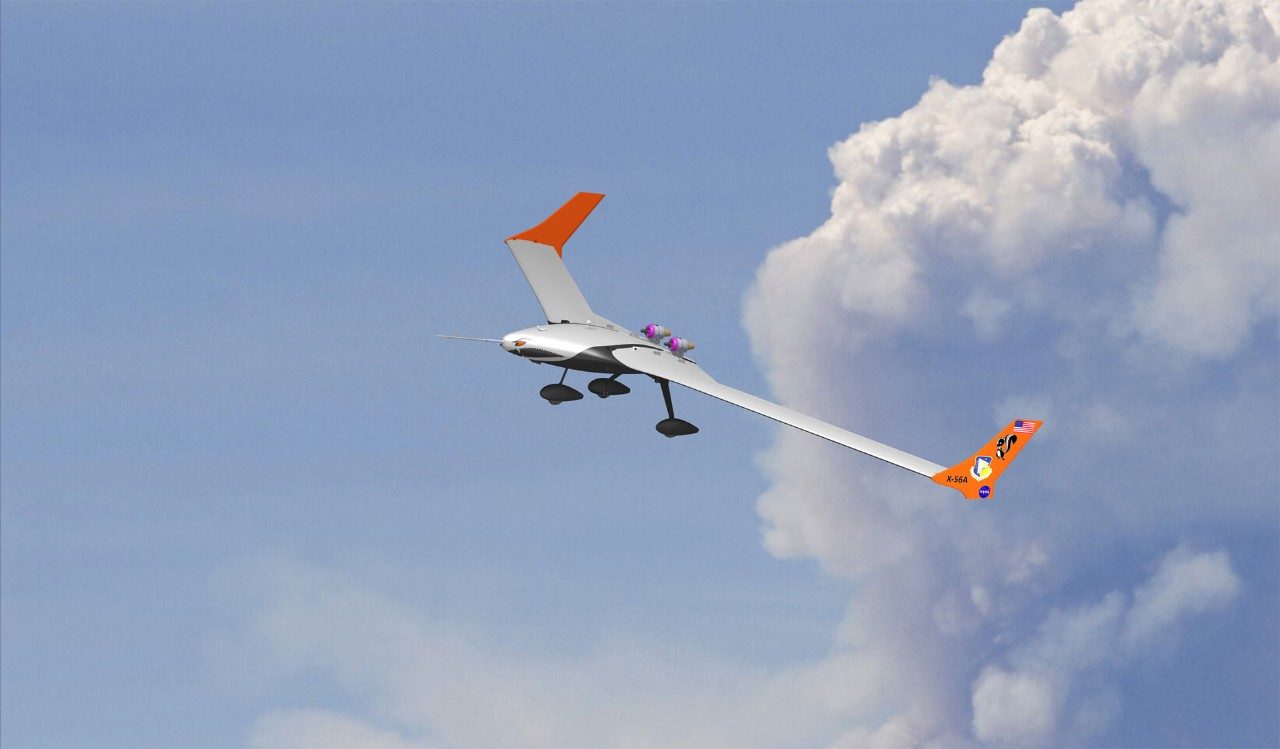
2010s: Breaking the Flutter Barrier – the X-56
As uncrewed aerial system (UAS) development progressed in the 2010s, the Skunk Works team explored High-Altitude Long Endurance (HALE) flight technologies through the X-56. This aircraft provided research on active flutter suppression and gust-load alleviation technologies. Through a series of flight tests, the team proved that flutter behavior can be accurately predicted and addressed through a new design paradigm of active control. The work done on X-56 continues to mature technologies enabling more slender, lightweight, high-aspect-ratio wings, resulting in better aircraft performance.
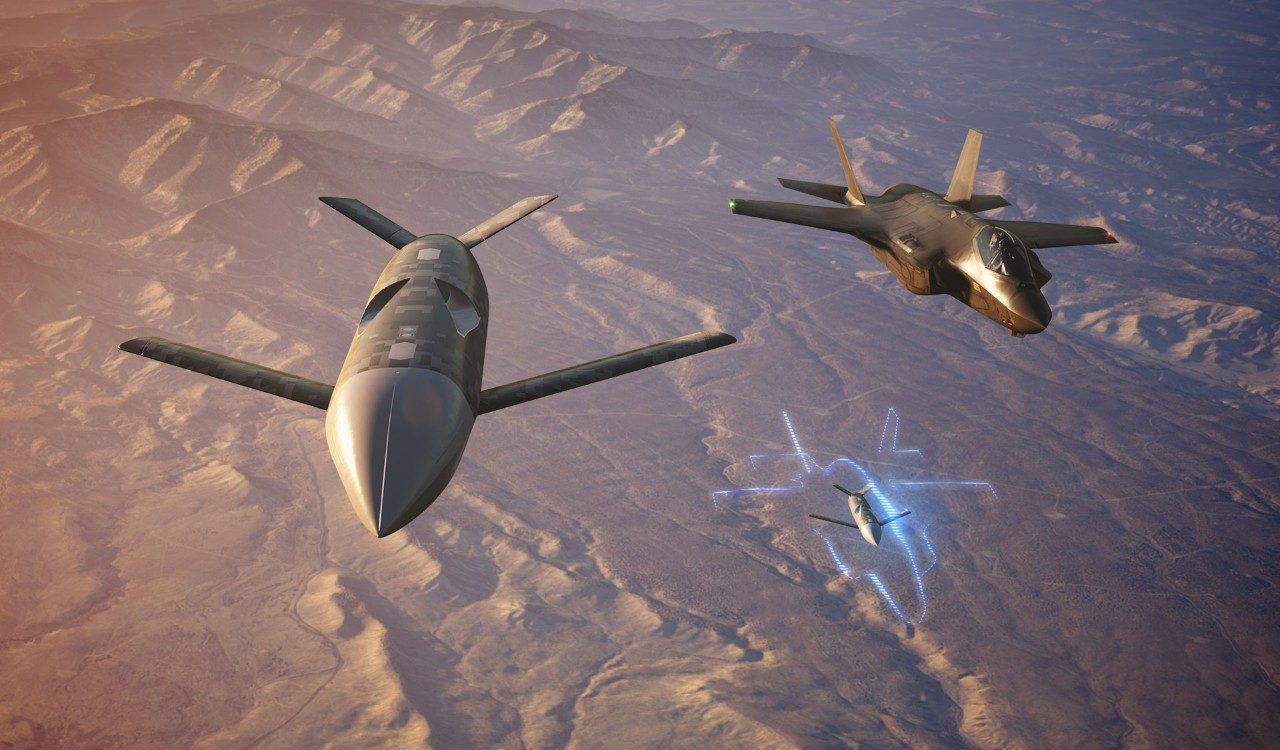
2020s and Beyond: Continuing to Redefine Impossible
As we look at the technologies Skunk Works continues to develop now and for the future, it’s just as exciting, and as classified, as Skunk Works’ illustrious history. Work continues in critical areas like UAS, hypersonics, artificial intelligence, low observables and other revolutionary technologies. A prime example that is not being developed under the cloak of secrecy is the team partnering with NASA to develop and build X-59, the prototype that will quiet the supersonic boom.
The way we engineer and build these capabilities is evolving too, as we lean more and more into a digital approach that reduces cost and accelerates development.
The unique and proven Skunk Works philosophy has enabled the impossible to become reality for 80 years. This dedicated and growing team continues to embrace Kelly Johnson’s motto: be quick, be quiet and be on time. We innovate with urgency to push the boundaries, ensuring our customers have the capabilities needed to stay ahead of ready.
Of course, there are programs that we can’t share…yet.




